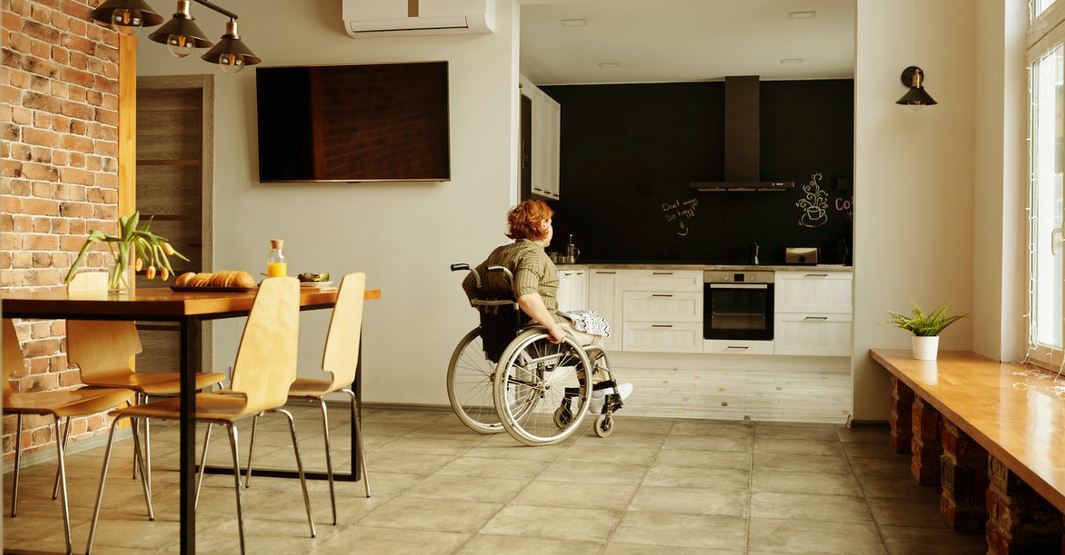Buying the right wheelchair for your child may seem as simple as buying a pair of shoes, but when you delve into the matter, you will discover so many options that it can be bewildering. When you consider that a child is likely to have varying needs calling for different wheelchair capabilities, the search for the ideal one can get even more difficult. Some insights into the various types of wheelchairs that you can consider buying for your child with mobility issues:
Manual Transit Wheelchairs
Typically, the most basic type of wheelchair, the manual transit wheelchair features small wheels at the back that people can use to push but do not allow the child to self-propel the wheelchair. Most transit wheelchairs fold easily for carrying the car’s boot.
Manual Self-Propelling Wheelchairs
These wheelchairs have large rear wheels that the child can reach easily to propel the wheelchair. However, self-propelling can be harder to move than you think for small children who may not have the strength or coordination to move the wheelchair along its intended path. However, they can be useful for bigger children since the larger wheels also make it easier to move the wheelchair over rough ground, and the foldable models can be easily carried around in the boost of a car. According to The Mighty, it is vital to remember that all wheelchairs are different in some aspect or the other.
Active User Self-Propelling Wheelchairs
These wheelchairs have features that make them easier to self-propel than conventional manual wheelchairs. They are generally lighter and users can adjust the wheel position and weight distribution for enhanced comfort, weight distribution, and mobility. Users can get more leverage with their shoulders by moving the wheels forward and adjusting height of the seat. The wheelchairs also have handles, so they can be pushed by parents or caregivers if the need arises. According to disabilityfriendlylv.com, because of the additional features, active manual wheelchairs are more expensive than standard models.
Powered Wheelchairs
The provision of electric motors powered by batteries enables users to eliminate the physical effort of self-propelling a manual wheelchair or the need for someone to push the wheelchair. These models can be useful for children who may not have the strength to use manual wheelchairs independently. While usually, these wheelchairs come with a joystick on the armrest for control, you can also buy models with joysticks for use with the foot, head, or chin. Instead of a joystick, you can also opt for a model with an omnidirectional switch. While a powerchair enables faster movement and better control, it is also important to note that they can be much heavier and bigger than manual wheelchairs, which makes them impossible to transport in a car boot. Negotiating curbs higher than three inches can be a problem with powered wheelchairs.
Conclusion
After you have armed yourself with relevant information on buying a wheelchair for your child, you should visit a retailer that specializes in selling wheelchairs for children. You must take your child along so that both of you can take all the time you need to test and evaluate the various options.


